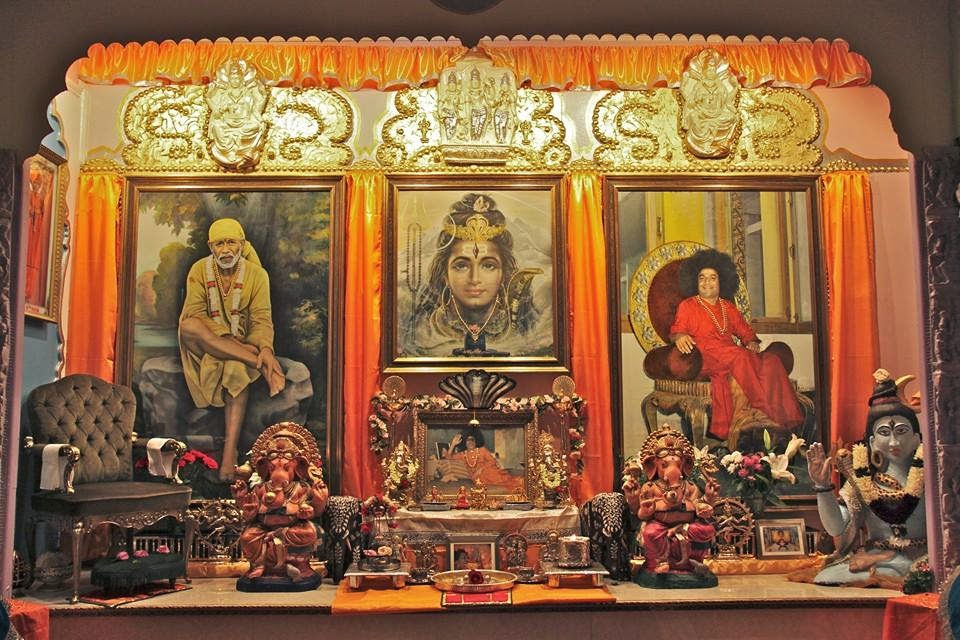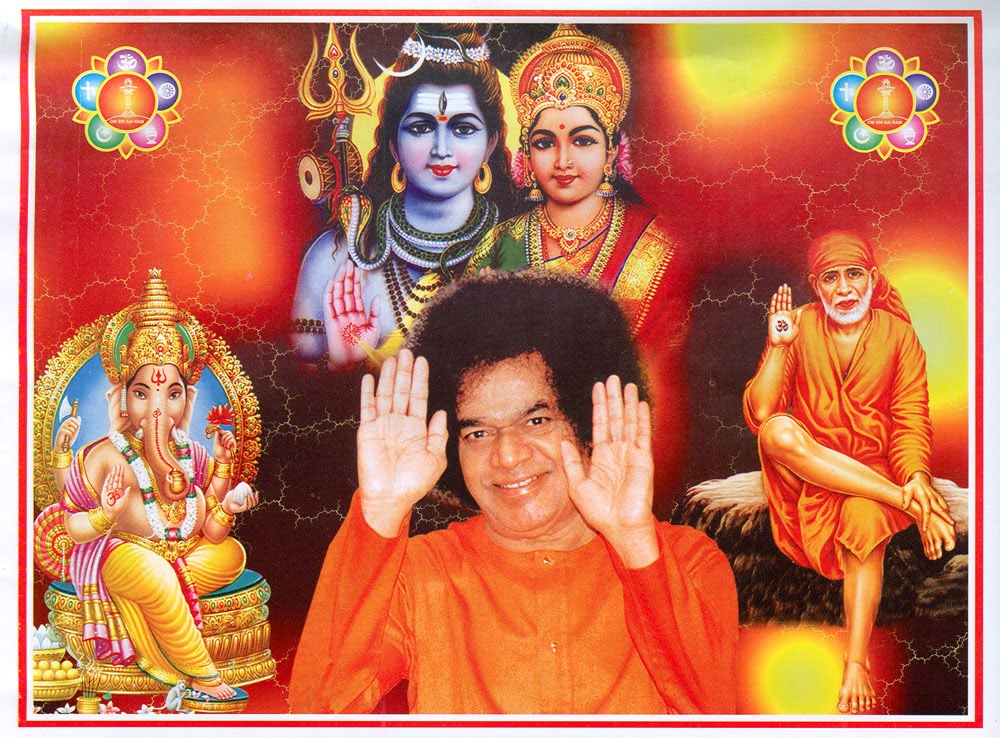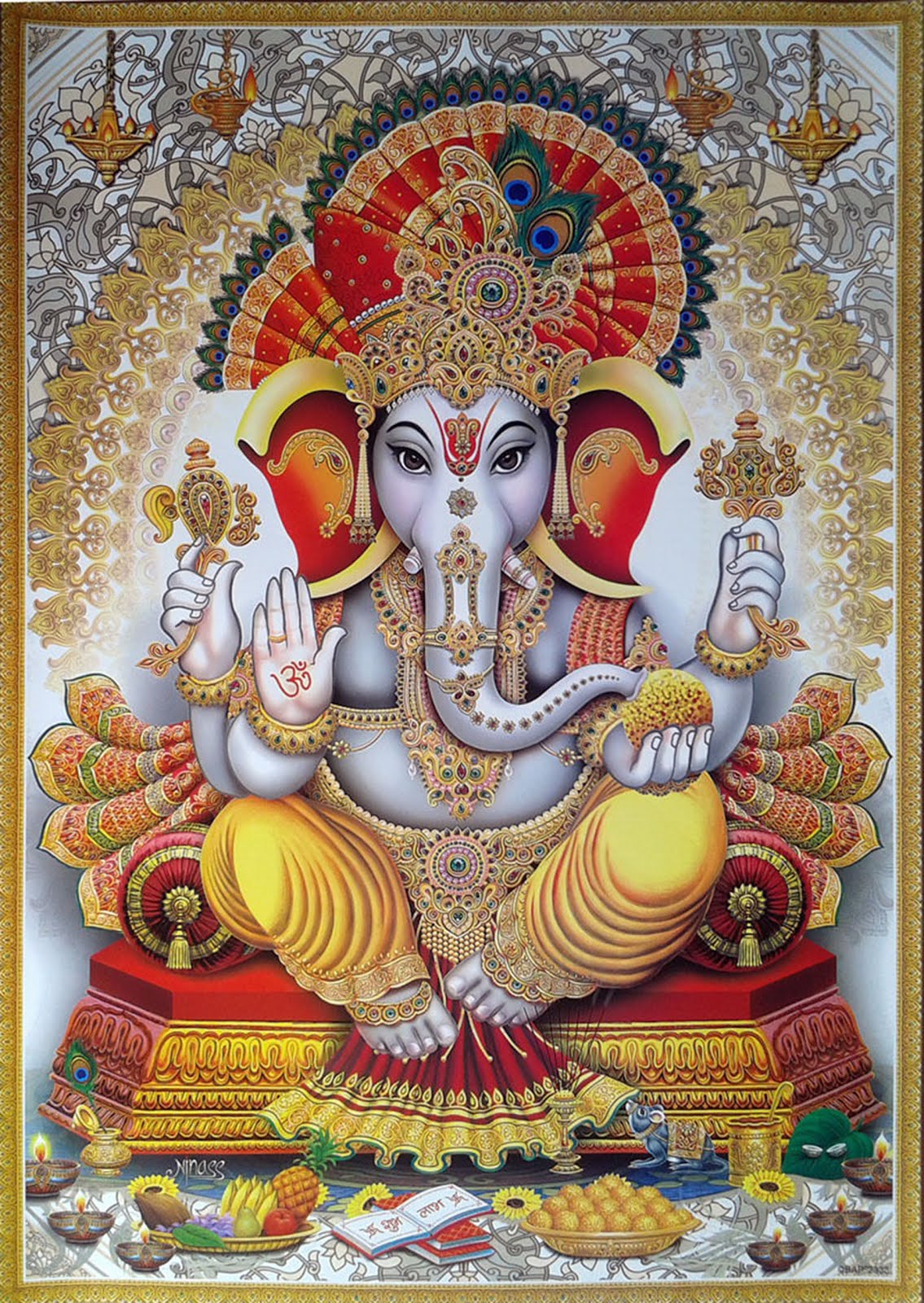The Science behind Makara Sankranti, Pongal, Lohri, Uttarayan, Maghi, Bihu & Khichdi
- Contrary to the popular belief, Makara Sankranti is not only a Hindu festival but actually a universal phenomenon because it is purely based on the science of astronomy & crop cycle which is not limited to any particular religion. Basically, it is a celebration of the "revival" of sunlight (solar energy & positivity) into our lives and it coincides with the harvest season as well.
 Much before contemporary scientists came up with their observations of solar system a few hundred years ago, scholars of ancient India (5000 years ago) already knew that sun is the center of our celestial system and is the source of energy for all planets including our planet earth, which takes 365 days to revolve around the Sun. This complete cycle of 360 degree which is also called the solar calendar is divided into 12 phases or domains or zodiacs of 30 degree each (360/12=30) and each zodiac is associated with certain characteristic depending on the positions of earth & sun in relative to each other, which in turn also determines the season & radiation patterns.
Much before contemporary scientists came up with their observations of solar system a few hundred years ago, scholars of ancient India (5000 years ago) already knew that sun is the center of our celestial system and is the source of energy for all planets including our planet earth, which takes 365 days to revolve around the Sun. This complete cycle of 360 degree which is also called the solar calendar is divided into 12 phases or domains or zodiacs of 30 degree each (360/12=30) and each zodiac is associated with certain characteristic depending on the positions of earth & sun in relative to each other, which in turn also determines the season & radiation patterns.

Since the radiations are proportional to the amount of sunlight, an easier way to analyze the radiation pattern would be by tracing the amount of sunlight received each day, which again is proportional to the length of the day. If we plot this on a chart with sunlight on Y axis & dates on X axis, we will notice that the amount of sunlight varies in accordance with a sine wave, with the trough (lowest point) in the phase corresponding to late December and early January range.
Source:
http://astro.unl.edu/classaction/animations/coordsmotion/daylighthoursexplorer.html
In other words, it means the zodiac phases of the Sun from July to December witness decreasing sunlight, and after that, the subsequent zodiac phases witness increase in sunlight. For an "observer", it looks like the Sun is on a downward journey between July to December and this downward journey suddenly changes to upward journey or northward movement in late december & early january. Since uttara means northward & aayana means movement in Sanskrit, this phenomenon of phase reversal from southward movement to northward movement of the sun is called "Uttara Ayana" or "Uttarayan" in short.

Image courtesy:
http://www.tutornext.com/physics/appearance-of-the-sky.html
If the chart is divided into zodiacs, then we can notice that it is Makara which is the first among the series of phases witnessing an upward journey, and this trend continues with subsequent phases till peak summer. Hence the Makara phase holds such great significance in astronomy because it represents revival of sunlight & energy.
But if Makara is the name of a zodiac, then what does Sankranti mean? In Sanskrit, Sankranti means the entry of Sun into a zodiac phase. Whenever the Sun moves out of one zodiac phase & enter another zodiac phase, such transmigration of the Sun is called a Sankranti. Since we have 12 zodiacs in an year, there will be 12 Sankrantis each year. But as we saw how Makara is significant due to the revival of sunlight, the "Sankranti of Makara" (or transmigration of Sun into Makara) is celebrated as "Makara Sankranti", which usually falls on 14th of January (or 15th on certain years).
Apart from the astronomical & solar significance, this co-incides with the harvest season as well, and is hence celebrated with lot of pomp and show by almost all communities througout India, albiet in different names & slightly varied traditions but the core logic is the same. It is celebrated as Lohri in Punjab, Uttarayan in Gujarat, Makara Sankranti or Makara Sankramana in Karnataka & Maharashtra, Pongal in Tamil Nadu, Khichdi in Bihar, Bihu in Assam. Almost all regions in India celebrate this festival, cutting across all castes & creed because it is nothing but a tradition to observe & celebrate the revival of solar energy in our lives. i.e Irrespective of our religion, we all benefit from solar energy. Also, this coincides with the celebration of crop harvesting resulting in continuity of food supply which irrespective of our religion, is one of the most basic necessities of our lives.
Wishing everybody in this vast world of Vasudhaiva Kutumbakam a very Happy Makara Sankranti, Lohiri, Bihu, Pongal, Kichdi, Uttarayan. ![]()
























No hay comentarios :
Publicar un comentario